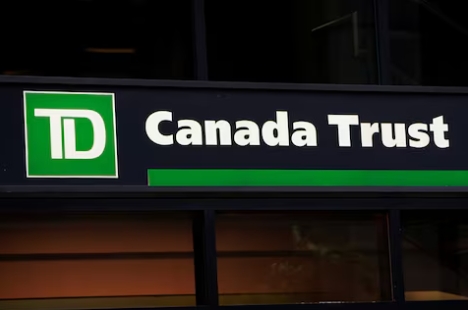
A TD Canada Trust logo is pictured in Montreal, Quebec, Canada, October 18, 2019.
The surge in exports was attributed to increased natural gas output across Canada in 2024, which boosted the production of natural gas liquids, including propane and butane, according to the regulator. These liquids are key byproducts of natural gas processing, and their higher availability supported the export growth.
Canada currently operates two marine propane export terminals on the west coast of British Columbia. Two additional facilities are under construction to further enhance export capacity: the Ridley Island Energy Export Facility, a collaboration between Calgary-based AltaGas and Dutch company Royal Vopak, and the Trigon Pacific LPG terminal, managed by Trigon Pacific Terminals. These new terminals are strategically positioned to improve Canada’s access to Asian markets, offering a logistical advantage over U.S. Gulf Coast facilities due to their proximity.
The regulator noted that Canada ranks as the second-largest supplier of propane to Japan and South Korea, following the United States. In 2024, all of Canada’s butane exports were directed to the United States, highlighting the strong trade relationship in this sector.
The development of new export infrastructure is expected to strengthen Canada’s position in global energy markets, particularly in Asia, where demand for propane remains significant. The increased production and export capacity reflect Canada’s growing role in supplying natural gas liquids to meet international energy needs.